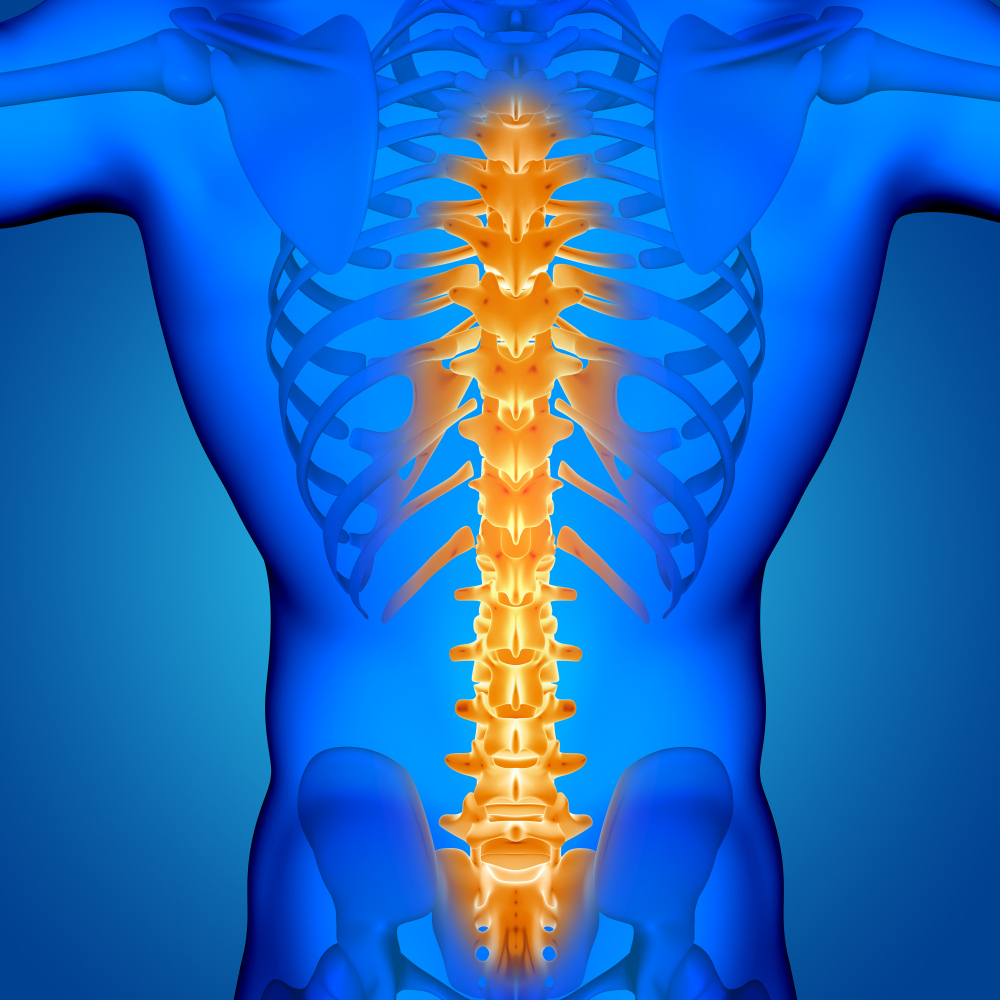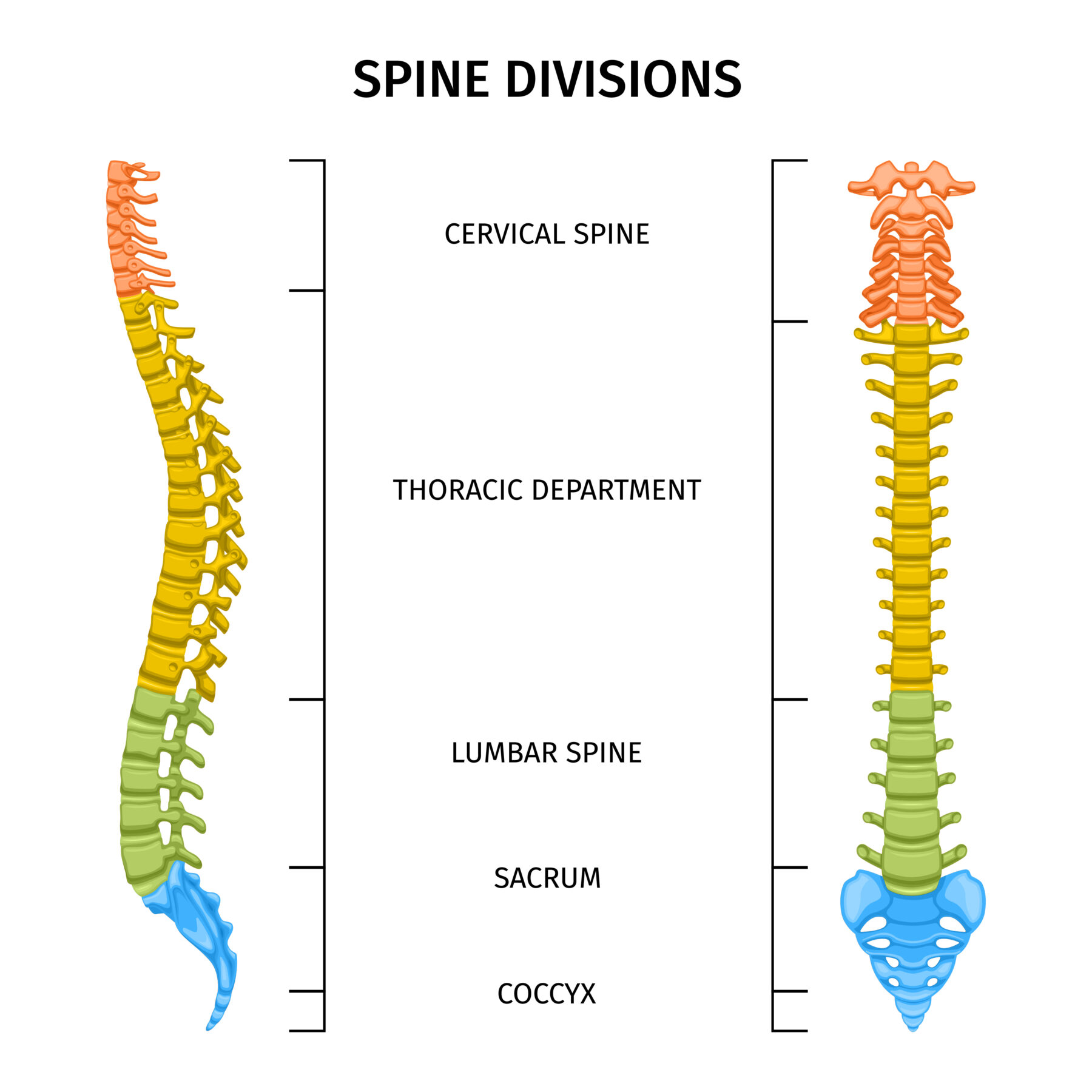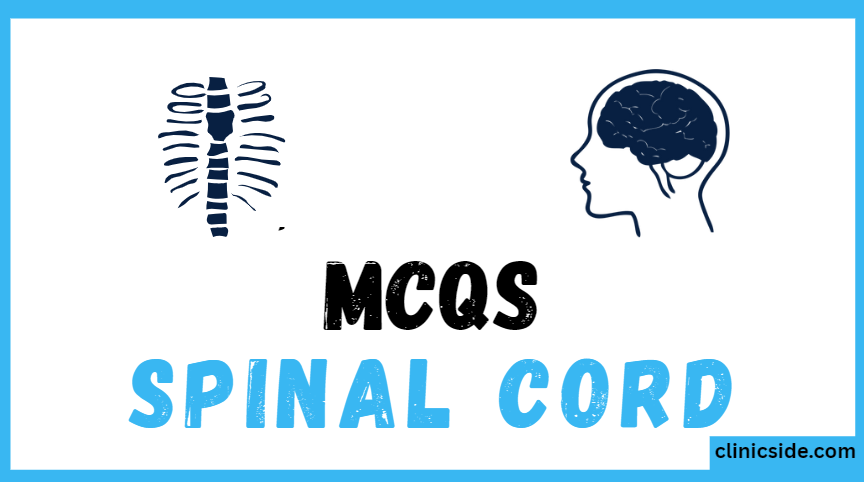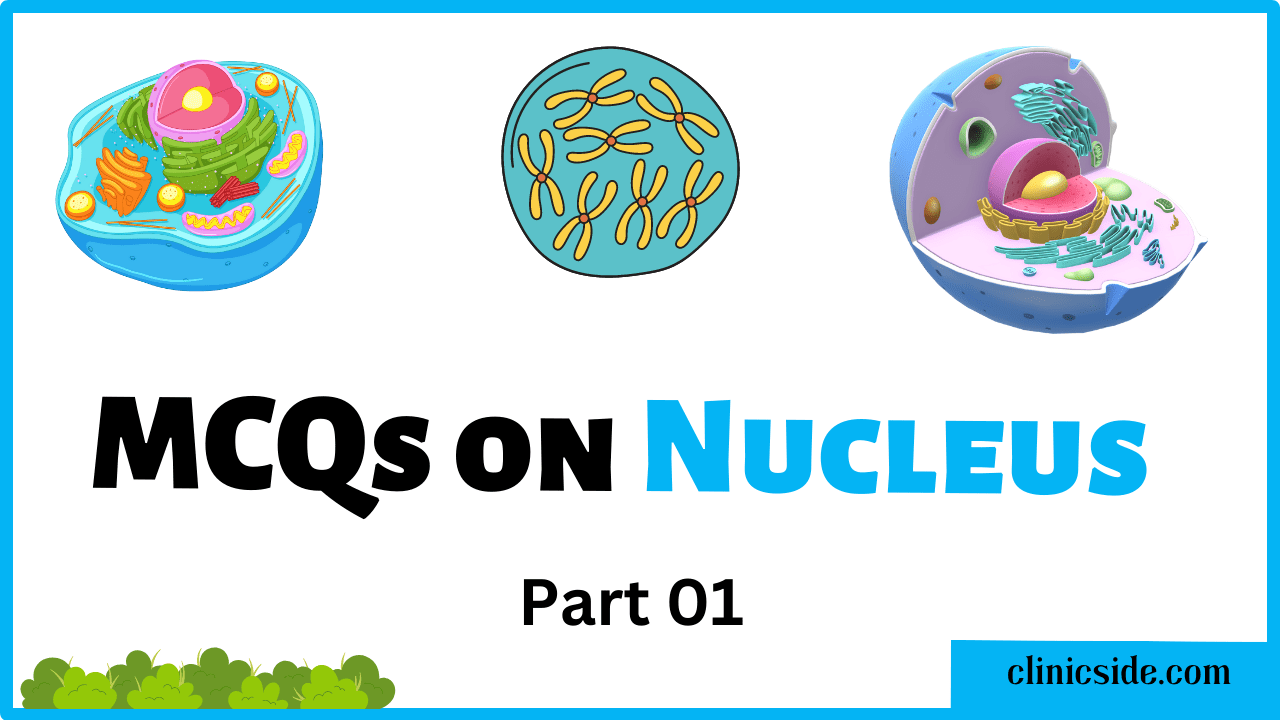The central nervous system spinal cord is one of the most crucial parts of the human body, serving as the primary communication pathway between the brain and the rest of the body. Acting as both a messenger and a control center, the spinal cord ensures that sensory information and motor commands travel efficiently. Understanding how the spinal cord functions helps us appreciate how complex and well-coordinated the human body truly is.
Quiz
Available options: 1 to 20
What is the Central Nervous System?
The central nervous system (CNS) is made up of the brain and spinal cord. Together, they control nearly every activity in the body — from conscious thought and movement to automatic processes like breathing and digestion. The CNS receives information from sensory organs, processes it, and sends out the appropriate responses to muscles and glands.
Within this system, the spinal cord plays a vital role as the main communication highway, ensuring the brain’s commands reach their destination accurately and swiftly.

Structure of the Spinal Cord
The spinal cord is a long, cylindrical structure made of nervous tissue, extending from the brainstem down through the vertebral column. It is protected by vertebrae, meninges, and cerebrospinal fluid, which cushion and support it.
It is divided into 31 segments, each corresponding to a pair of spinal nerves:
- Cervical (8 pairs) – control signals to the head, neck, arms, and diaphragm.
- Thoracic (12 pairs) – connect to the chest and upper abdominal muscles.
- Lumbar (5 pairs) – handle movement and sensation in the lower back and legs.
- Sacral (5 pairs) – link to the pelvic organs and parts of the legs.
- Coccygeal (1 pair) – the tail-end nerve, aiding minor sensory functions.
Each segment of the central nervous system spinal cord works like an independent communication hub, sending and receiving data to specific body parts.

Functions of the Spinal Cord
The spinal cord performs several essential tasks that keep the body functioning smoothly:
1. Transmission of Nerve Impulses
The spinal cord acts as a two-way pathway. Sensory neurons carry information from the body to the brain, while motor neurons deliver instructions from the brain to muscles and glands.
2. Reflex Actions
One of the most fascinating roles of the central nervous system spinal cord is controlling reflexes. Reflexes are automatic responses that occur without conscious thought — for example, pulling your hand away from a hot object. These reactions are processed directly in the spinal cord to ensure immediate protection.
3. Coordination and Integration
The spinal cord also helps in integrating sensory and motor information. This means it helps the brain maintain balance, posture, and coordination even before the brain fully processes the input.
Protective Mechanisms of the Spinal Cord
Because the central nervous system spinal cord is so vital, it has multiple protective layers:
- Vertebrae: Hard bones that form the spinal column.
- Meninges: Three membranes (dura mater, arachnoid mater, pia mater) covering the spinal cord.
- Cerebrospinal Fluid (CSF): A fluid that cushions, nourishes, and protects against impact and infection.
This protective structure ensures that even minor injuries or shocks do not disrupt communication between the brain and the body.
Common Disorders of the Spinal Cord
When the central nervous system spinal cord is damaged, the effects can be severe. Some common spinal cord disorders include:
- Spinal Cord Injury (SCI): Caused by trauma, leading to partial or complete paralysis.
- Multiple Sclerosis (MS): An autoimmune disease that damages the protective myelin sheath of nerve fibers.
- Spinal Tumors: Abnormal growths that may compress the cord or disrupt nerve function.
- Infections: Such as meningitis or myelitis, which can inflame and damage the spinal tissues.
Early diagnosis and medical care are crucial in preventing permanent damage or loss of function.
Importance of Spinal Cord Health
Maintaining the health of the central nervous system spinal cord is essential for overall well-being. Regular exercise, a balanced diet rich in vitamins B12 and D, and proper posture all contribute to spinal health. Avoiding spinal injuries, staying hydrated, and managing stress also support the nervous system’s proper function.
Conclusion
The central nervous system spinal cord is a marvel of biological engineering, enabling everything from simple reflexes to complex movement. Its structure, function, and protective mechanisms highlight how essential it is to human life. Understanding the spinal cord not only deepens our knowledge of biology but also reminds us to take better care of our bodies — because every signal that keeps us alive runs through this vital cord of communication.





